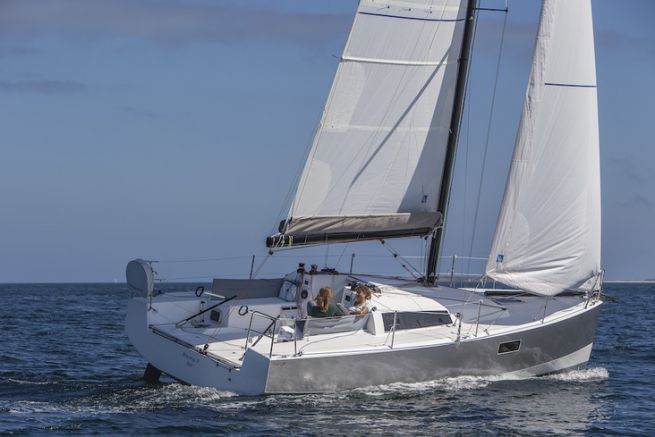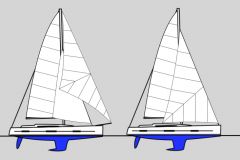The role of the boom vang
The vang is usually a hoist attached between the mast foot and the boom. Its variable length determines how high the boom can rise. It is therefore the vang that maintains the boom height when the mainsheet is let out. Upwind, the mainsheet only starts to lower the boom when it is above the mainsail carriage.
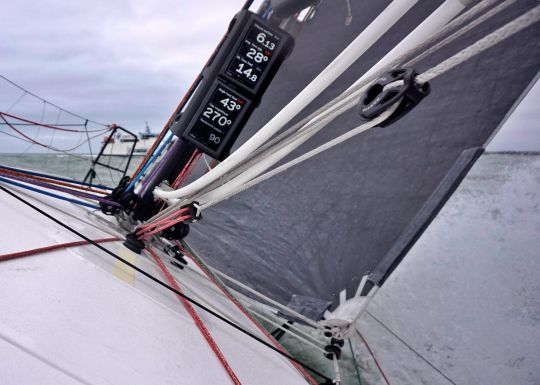
Why use bas??
The vang, together with the mainsheet, is one of two ways of controlling the boom height, which determines the twist.
If you do not use the downhaul (except in light winds), by shocking the sheet, the boom will rise and open the leech wide, releasing all the power from the top of the sail. This is ideal when the boat heels excessively and becomes too hot, but it is not the desired effect when power is still needed.
Not operating the boom vang also limits the ability to shock. If the top of the mainsail is very twisted, it will quickly press on the shrouds, preventing the boom from being shocked as much as desired, otherwise the whole bottom of the sail will start to tuck. But if the vang is taut enough, the moment when the top of the sail "wraps" around the shrouds will be delayed. In this way, the tension of the vang allows a greater range of adjustment.
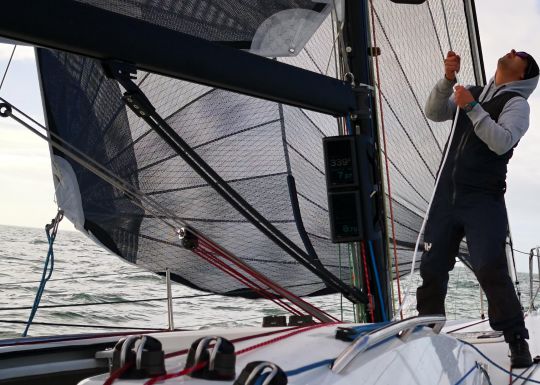
How do I use the bas??
We'll start by tucking in the mainsail with the sheet and then adjust the leech twist with the downhaul. It must be tensioned so that the top batten is more or less parallel to the boom. If it is too tight, the top batten will disappear behind the mainsail. To obtain the correct setting, simply shock the downhaul until the top link reappears.
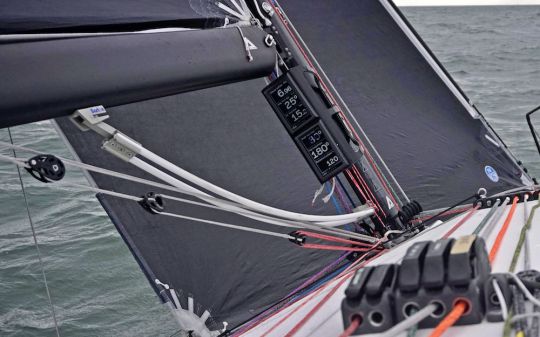
Is the downhaul indispensable on all bateaux??
There are, however, some exceptions with regard to the use of the vang. These concern multihulls and some very large monohulls. These boats have a particularly long mainsail track making the vang less necessary. Indeed, with this type of configuration, shocking the carriage makes it possible to regulate the power properly by playing on the incidence of the sail, while keeping the sheeting tension.
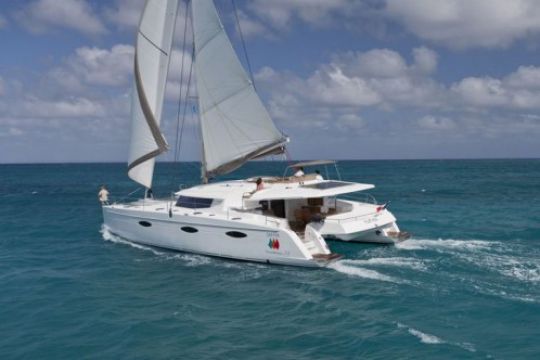
However, on these boats, the shrouds are often anchored well aft of the mast, which prevents the mainsheet from being easily shocked. A downhaul is therefore always useful, as it allows the boom to be shocked as much as possible before the rig becomes a problem. This is why almost all high-performance boats have a boom vang.
What's a vang for rigide??
Rigid downhauls allow the boom to be raised mechanically. For racers, this is particularly interesting in light winds, as the weight of the boom can stretch the leech when you would like to twist the sail. In addition, if the boat is not equipped with a lazy jack or topping lift, the downhaul will support the boom while reefing and folding the sail.
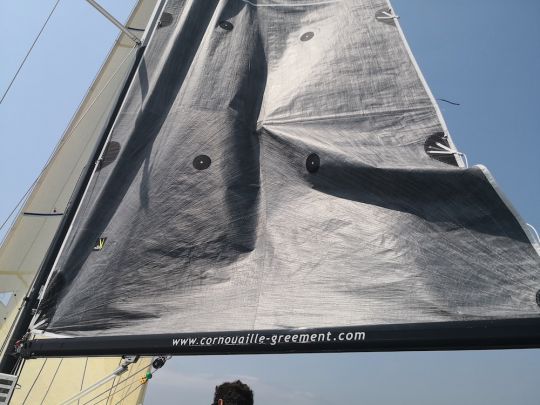

 /
/ 